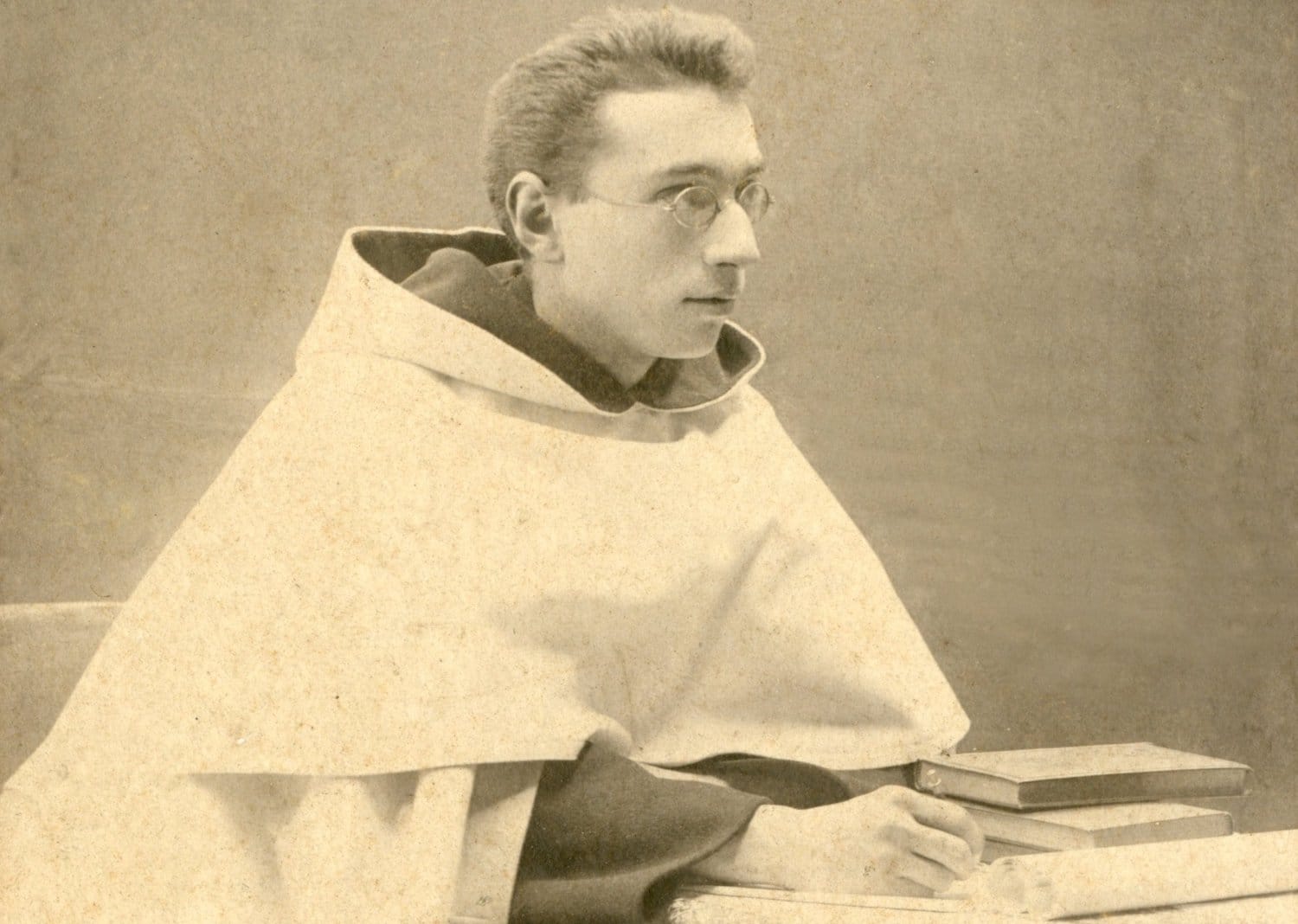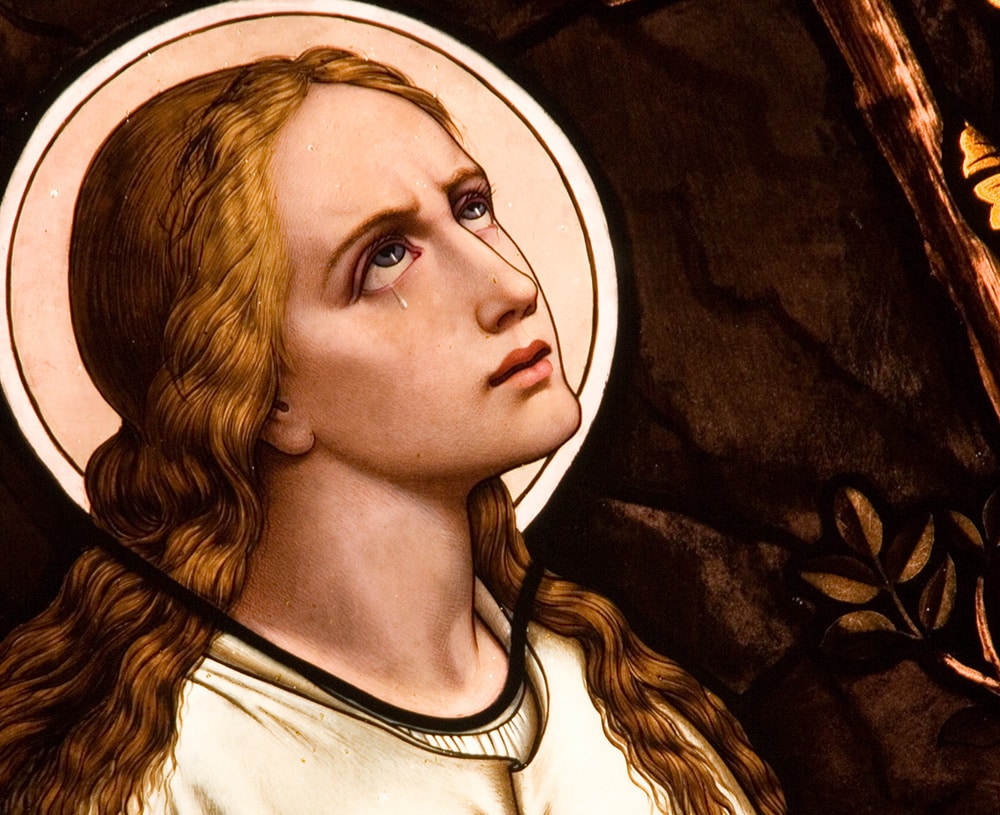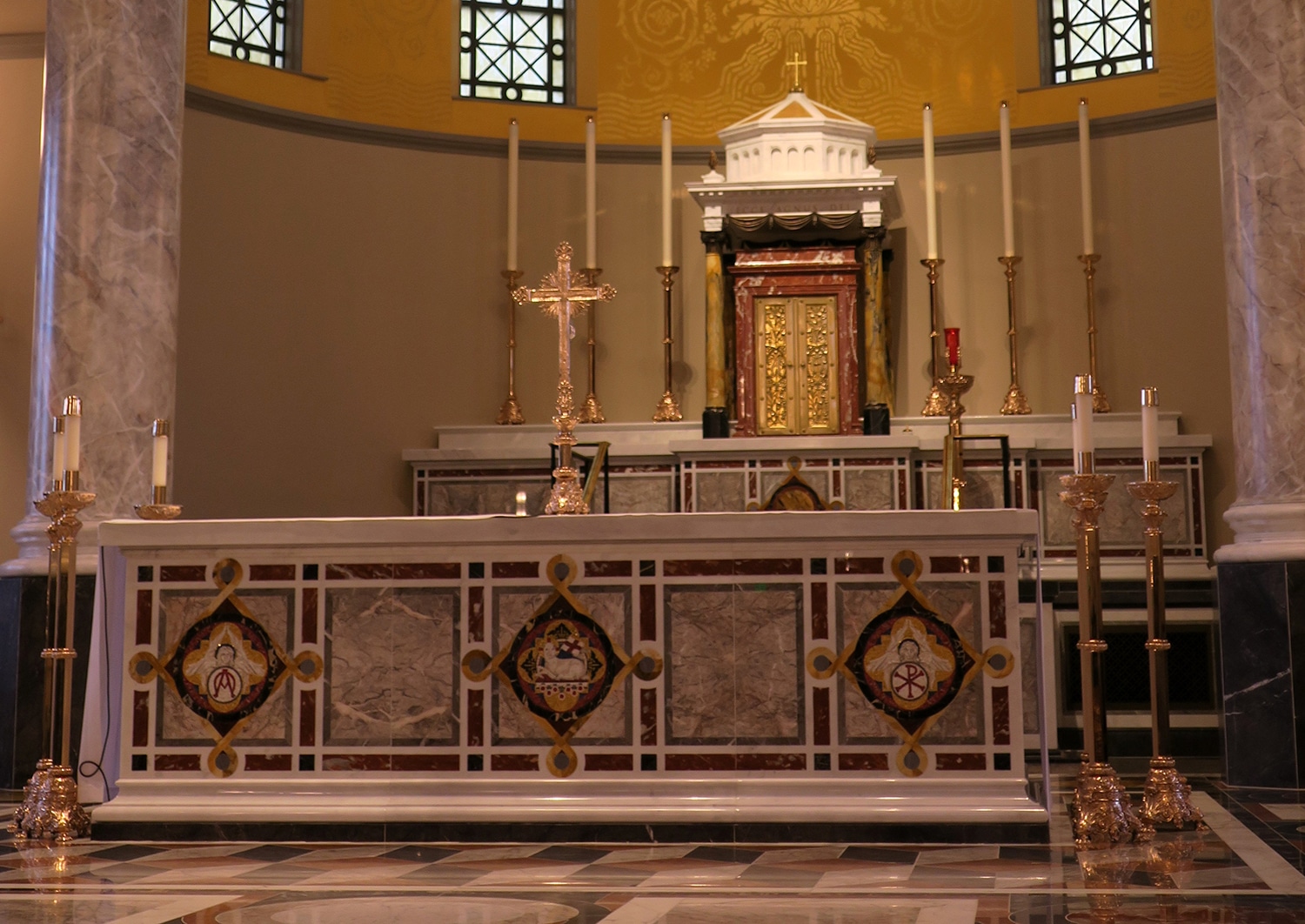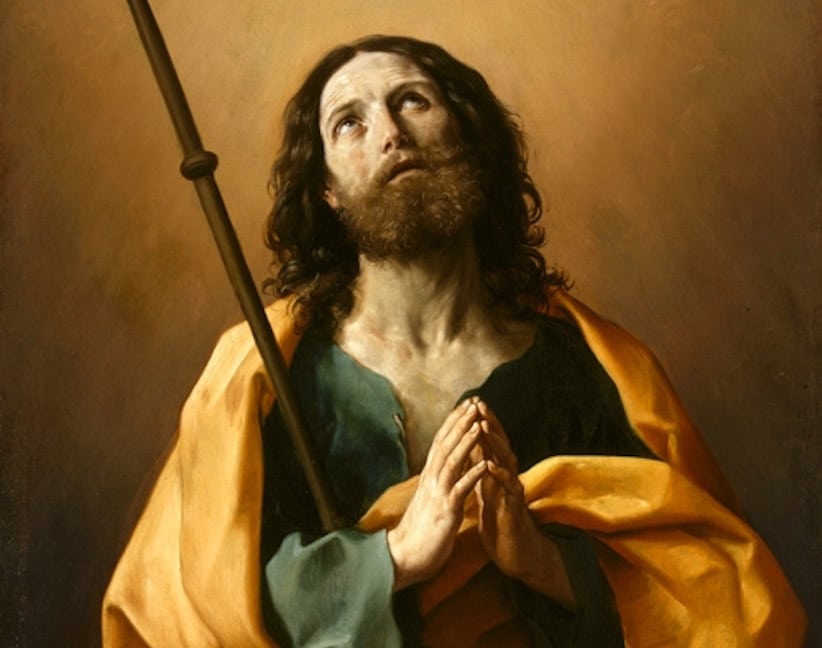BOCA RATON, Fla. (OSV News) — As local Catholics and faithful worldwide prepare to mark the July 27 second anniversary of the feast day of St. Titus Brandsma, a Carmelite priest and martyr credited with appealing to God for a miraculous cure in the Diocese of Palm Beach, people are taking notice of the extraordinary courage he demonstrated in opposing Nazi oppression in his homeland of the Netherlands.
One aspect of his life that is receiving attention, especially from those involved in journalism, is his steadfast commitment to the truth.
Carmelite Father Michael Driscoll of Boca Raton, who was healed of metastatic melanoma through prayers to St. Titus, is actively encouraging Catholic leaders to recognize the Dutch saint as the modern patron of journalists, especially those in Catholic media. (The priest’s healing was accepted as the miracle needed for the Dutch Carmelite’s canonization.)
A patron saint is a special protector or guardian over areas of life, including occupations, illnesses, churches and causes. That recognition, which could come soon from Pope Francis, would shine a light on the preaching and writings of St. Titus that have been collected and are being made available online, Father Driscoll said.
“I think what will happen then is that people will say, ‘Who is this Titus Brandsma?’ and maybe start looking at his writings,” he said, which are being published by the Titus Brandsma Institute in the Netherlands.
Traditionally, journalists have looked up to St. Francis de Sales as their patron saint. A Swiss bishop during the Counter-Reformation, St. Francis had a gift for communicating the Gospel that drew many thousands back to the Catholic faith in his lifetime and later through his preaching and most popular book, “Introduction to the Devout Life.”
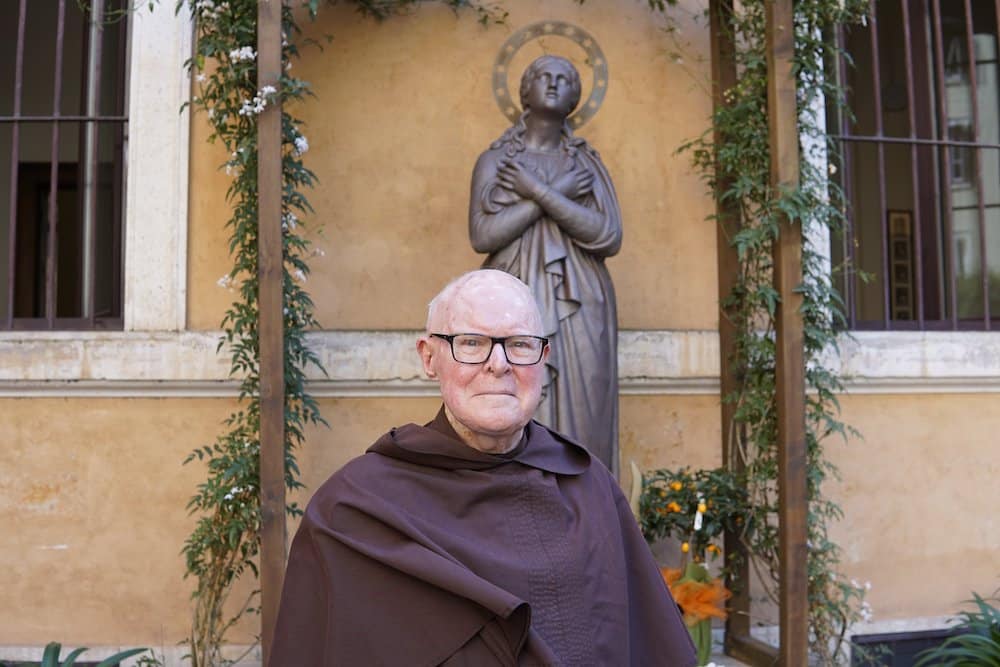
“He was fine for his time, and he didn’t have to suffer death. Titus was, I think, fine for his time, and did accept the consequences. That’s a difference,” Father Driscoll said. “We do have more than one patron of various countries, so why can’t we have more than one patron of journalists?”
OSV News and St. Titus Brandsma
One news organization has already recognized St. Titus Brandsma as a model for journalists. OSV News, the national and international wire service that began after Catholic News Service was discontinued at the end of 2022, has adopted St. Titus as its patron.
“When the OSV News team met in October 2022 for our first planning session and retreat, we knew we wanted in our corner a patron saint to intercede on behalf of our team and our work. The problem was figuring out just who to select,” said Gretchen Crowe, editor-in-chief of OSV News. “We considered, of course, St. Francis de Sales, the beloved saint of Catholic journalists. We also discussed St. Maximilian Kolbe, St. John the apostle, St. Paul, St. Teresa of Avila, St. Catherine of Siena and Blessed Carlo Acutis, among others.”
OSV News even considered compiling what one person called a “spiritual board of directors” with a few saints, she said. “But ultimately, we landed on St. Titus Brandsma because of his embrace of Catholic journalism as a means of evangelization — a point that is at the heart of the mission of OSV News — and because of his powerful and brave witness as a disciple of Jesus Christ,” said Crowe, who was elected president of the Catholic Media Association this year.
She said that, besides his preaching and publishing work, in which he founded and edited newspapers and magazines, St. Titus’s work in the Catholic press put him in a position to stand up to the Nazis, who were trying to force publications to print their propaganda. Father Driscoll said there were more than 30 daily Catholic newspapers in the Netherlands in the 1930s.
St. Titus paid the ultimate price for his opposition, being arrested, imprisoned and executed in the Dachau concentration camp.
“The OSV News team was very moved by this story and by the courageous witness of St. Titus in standing up for the truth, and so we adopted him as our patron as we began our work,” Crowe said.
“We were edified to see in an interview that Pope Francis gave earlier this year that he supported the idea of having St. Titus become a new patron saint of journalists,” she added. “Our selection of St. Titus as patron of OSV News in no way detracts from the more traditional patron saint of journalists, St. Francis de Sales, who is also an important intercessor for the OSV News team and for all in Catholic media. Rather, his life’s witness offers a modern-day example for all media professionals — one greatly worth emulating and petitioning for prayers.”
Celebrating a new saint
During a July 27, 2022, Mass for the first commemoration of St. Titus’ feast at St. Jude Parish in Boca Raton, Bishop Gerald M. Barbarito of Palm Beach spoke of the saint’s example as someone “who lived his Christian life to the fullest.”
He was a man of great gentleness, charity and love, the bishop said, but also someone with his feet firmly planted on the ground and dedicated to his work.
Bishop Barbarito recounted the story of the woman who gave the fatal shot of carbolic acid to Father Titus. Before she gave him the injection, he handed her the rosary that he had made while in prison. Years later, the woman said it was that gesture that turned her back toward Jesus Christ.
That’s a lesson that we can all learn from today, Bishop Barbarito said — the necessity to treat others, no matter the stage in life they’re in, with love and respect, even if we disagree with them. “In our own families in particular, as we take the time to be with them, to love them, to teach them through our words and our example, we live the holiness to which God has called us,” he said.
The bishop concluded his homily with a quote from Pope Francis at the May 15, 2022, canonization Mass: “Holiness does not consist in a few heroic gestures but in many small acts of daily love.” That’s why St. Titus was able to give his life — because of many small acts of daily love.
“St. Titus Brandsma, we are grateful for the miracle you have performed in allowing Father Michael Driscoll to be cured and to be still with us. We are grateful for the example of our Carmelite brothers who are with us, and we ask that you intercede for us. St. Titus Brandsma, pray for us.”
In one of the church’s strongest acts of resistance toward the Nazis, Catholic newspapers were prohibited by the bishops of the Netherlands from publishing advertisements from the German occupiers. Father Brandsma, who was the bishops’ liaison to the Roman Catholic Journalists Association, wrote a letter to all Catholic press editors, saying that the publications “may not allow these (National Socialist Union, Nazi) advertisements if they want to maintain their Catholic identity.”
Father Driscoll, who has studied St. Titus’ writings for many years, said the Carmelite priest, writer, editor and professor encouraged the journalists to stay strong and resist the brutal pressure of the Nazis.
“He went into the pulpit and preached the messages of the bishops against the Nazis, plus his own opinions on this,” he said. “He was a nationalist. He wanted Holland to be free.”
So, what might the life and death of St. Titus teach Catholics in the 21st century?
“Well, to be brave,” Father Driscoll said. “When somebody or something, or some ideology, or some group opposes you, be brave enough to stand up for the rights of justice, the principles of morality and so forth. I think that’s what it should do.”
William Cone is on the staff of Florida Catholic Media.

